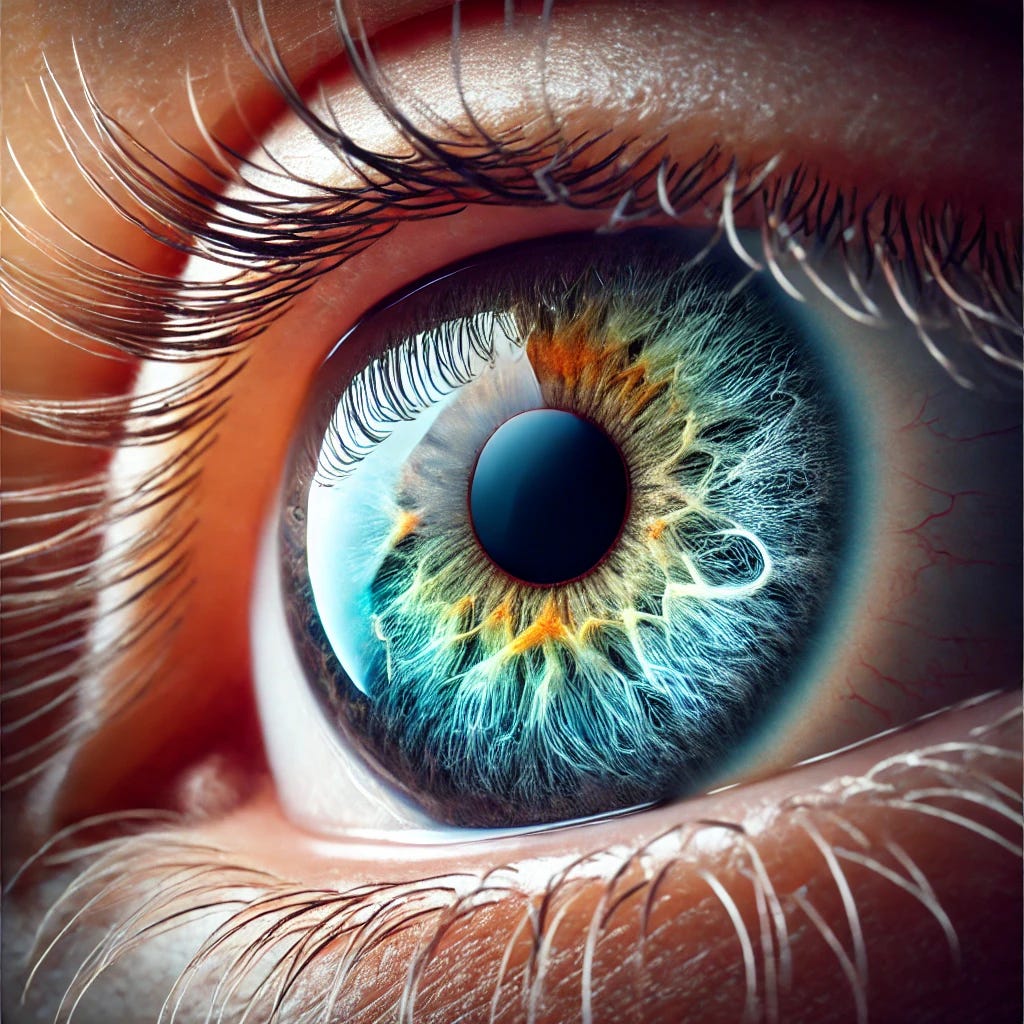Food That Helps Stabilize Your Blood Sugar and Protect Your Vision for Patients with Diabetic Retinopathy
Diabetic retinopathy is a serious complication of diabetes, affecting the delicate blood vessels in the retina and threatening vision. A critical step in managing this condition is controlling blood sugar levels while nourishing the body with nutrients that protect the eyes. In this article, we’ll explore foods that stabilize blood sugar and promote retinal health, combining mainstream dietary principles with holistic and natural approaches to empower you on your journey toward better eye health.
How Blood Sugar and Nutrition Impact Diabetic Retinopathy
High blood sugar levels damage the tiny blood vessels in the retina, leading to complications such as swelling, bleeding, and impaired oxygen supply. While medications and treatments play a vital role, the food you eat can significantly influence blood sugar control and eye health. By incorporating specific nutrients and dietary habits, you can slow the progression of diabetic retinopathy and support overall health.
Mainstream Dietary Guidelines for Diabetic Retinopathy
Mainstream medical advice emphasizes managing blood sugar levels through well-balanced meals. The focus is on foods that minimize blood sugar spikes, improve circulation, and reduce inflammation.
1. Low Glycemic Index (GI) Foods
Low-GI foods are digested and absorbed slowly, providing a steady release of glucose into the bloodstream.
Examples:
Whole grains: Brown rice, quinoa, and steel-cut oats.
Non-starchy vegetables: Broccoli, spinach, cauliflower, and bell peppers.
Legumes: Lentils, black beans, and chickpeas.
Why They Work: These foods help stabilize blood sugar levels and reduce insulin resistance.
2. High-Fiber Foods
Fiber slows the digestion and absorption of carbohydrates, preventing sharp blood sugar spikes.
Examples:
Fruits: Apples, pears, berries, and oranges (eaten whole, not juiced).
Vegetables: Carrots, artichokes, and Brussels sprouts.
Seeds: Chia seeds, flaxseeds, and pumpkin seeds.
Why They Work: Fiber promotes a healthy digestive system and improves blood sugar control.
3. Healthy Fats
Healthy fats are anti-inflammatory and help regulate glucose metabolism.
Examples:
Avocados, olive oil, and nuts (walnuts, almonds).
Fatty fish like salmon, mackerel, and sardines.
Why They Work: These fats protect blood vessels and reduce inflammation in the retina.
4. Lean Protein
Protein provides steady energy and helps control hunger, which can prevent overeating carbohydrates.
Examples:
Skinless chicken, turkey, and fish.
Eggs, tofu, and low-fat dairy products.
Why They Work: Proteins stabilize blood sugar and prevent spikes after meals.
Holistic and Natural Approaches to Nutrition for Diabetic Retinopathy
Holistic approaches go beyond blood sugar management, focusing on reducing oxidative stress, inflammation, and promoting retinal health through nutrient-dense foods and herbs.
1. Antioxidant-Rich Foods
Antioxidants protect the retina from oxidative stress caused by




